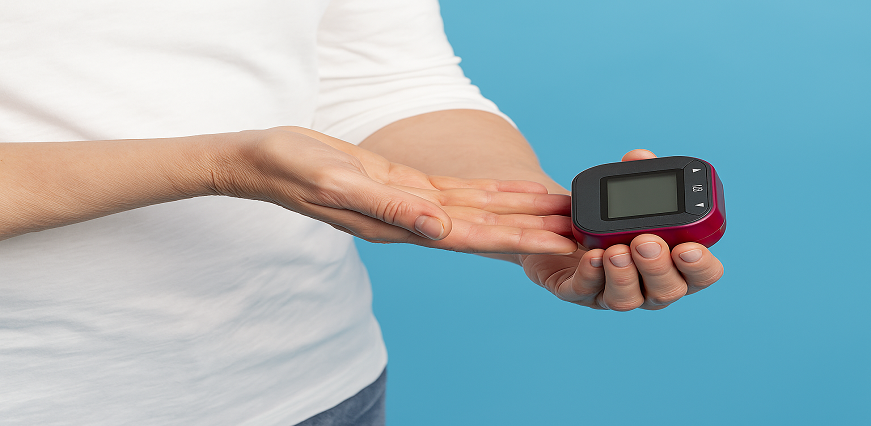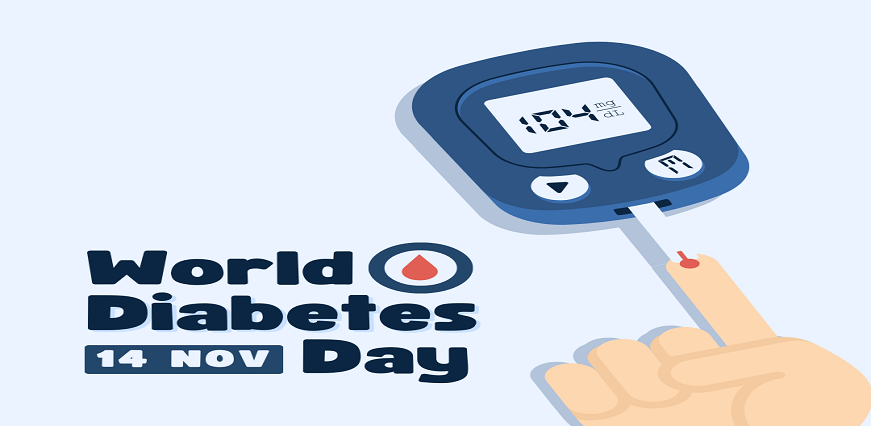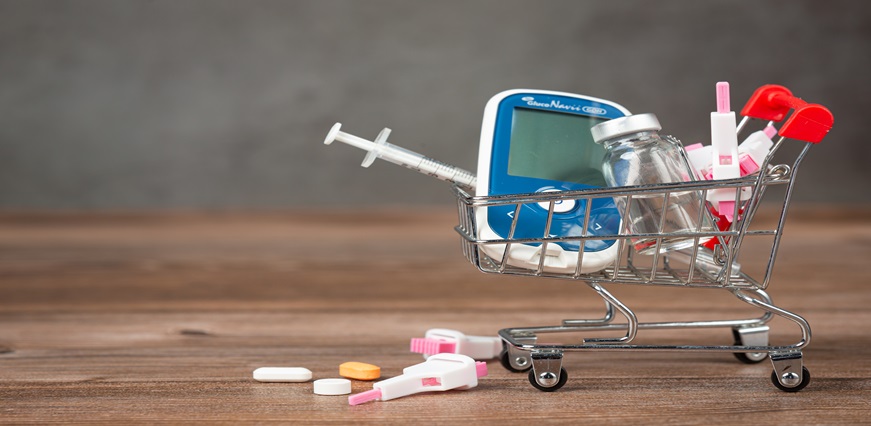Whether you're curious about your blood sugar levels, have concerns about diabetes, or simply want to stay on top of your overall well-being, understanding the RBS test is essential. In this comprehensive guide, we will delve into everything you need to know about this test: from its different levels and normal range to factors that can affect the results.
Why is the RBS Test Important?
The RBS test, also known as Random Blood Sugar Test, is an important diagnostic tool used to measure the glucose levels in your blood at a particular moment. This test helps healthcare professionals determine if you have diabetes or if your diabetes is well-controlled.
Well, monitoring your blood sugar levels regularly can provide valuable insights into how your body metabolizes glucose. By keeping track of these levels, you and your doctor can make informed decisions about medication adjustments, lifestyle changes, and overall disease management.
High or low blood sugar levels can have serious consequences for those with diabetes. Hyperglycemia (high blood sugar) can lead to symptoms such as increased thirst, frequent urination, blurred vision, fatigue, and even coma in severe cases. On the other hand, hypoglycemia (low blood sugar) may cause dizziness, confusion, shakiness, sweating – and in extreme situations – loss of consciousness.
Regular RBS testing allows individuals with diabetes to take proactive steps towards maintaining their health by ensuring their glucose levels remain within a target range determined by their healthcare provider. It empowers them to make necessary adjustments to their diet and exercise routines while minimizing potential complications associated with poorly managed diabetes.
Interpreting the Results: Normal Range vs. Abnormal Range
When you receive the results of your RBS test, it's important to understand what they mean in terms of your blood sugar levels. The test measures the concentration of glucose in your blood at a specific point in time. The normal range for fasting RBS is typically between 70-100 mg/dL (milligrams per deciliter), while non-fasting RBS should be below 140 mg/dL.
If your results fall within this range, congratulations! It means that your blood sugar levels are stable and healthy. However, if your RBS levels exceed the normal range, it may indicate hyperglycemia or high blood sugar levels. This could be a sign of prediabetes or diabetes.
On the other hand, if your RBS levels are lower than the normal range, it might suggest hypoglycemia or low blood sugar levels. This can be caused by factors such as excessive insulin production or certain medications.
It's essential to consult with a healthcare professional who can help interpret these results accurately and provide appropriate guidance based on individual circumstances. They may recommend further tests to confirm any potential underlying conditions or advise lifestyle changes to regulate blood sugar levels.
Factors that can affect RBS Levels
Blood Sugar Levels : Maintaining healthy blood sugar levels is crucial for overall well-being, especially for individuals with diabetes. While the RBS test provides valuable insights into glucose levels, it's important to understand the various factors that can influence these readings.
Diet : Diet plays a significant role in determining RBS levels. Consuming high-carbohydrate meals or sugary foods can cause a spike in blood sugar levels. On the other hand, following a balanced diet rich in fiber and low in refined sugars helps maintain stable glucose levels.
Physical Activity : Physical activity also affects RBS readings. Regular exercise helps improve insulin sensitivity, allowing cells to better utilize glucose for energy. Engaging in physical activities such as walking, jogging, or cycling can contribute to maintaining optimal blood sugar control.
Stress : Stress and emotions have an impact on blood sugar levels as well. During stressful situations, hormones like cortisol are released which increase blood glucose concentrations. Learning stress management techniques like deep breathing exercises or meditation may help regulate RBS levels.
Lack of Sleep : Various lifestyle factors also come into play when analyzing RBS results. Lack of sleep and irregular sleeping patterns have been linked to impaired glucose metabolism and increased insulin resistance.
Risks Associated with Abnormal RBS Test Results
One of the main risks associated with abnormal RBS test results is diabetes. High blood sugar levels may be indicative of either type 1 or type 2 diabetes. If left unmanaged, diabetes can lead to various complications such as heart disease, kidney damage, nerve damage, and vision problems.
On the other hand, low blood sugar levels can also pose risks to your health. Hypoglycemia (low blood sugar) can cause symptoms like dizziness, confusion, weakness, and even loss of consciousness if not addressed promptly.
In addition to diabetes-related risks, abnormal RBS test results may also signal underlying medical conditions such as hormonal imbalances or liver disease. These conditions require proper diagnosis and treatment by healthcare professionals.
It's important to remember that an abnormal RBS test result doesn't necessarily mean you have a chronic condition or disease. Sometimes external factors like recent meals or medications could affect the accuracy of the results.
Regular monitoring of your blood sugar levels through RBS testing is essential for managing these risks effectively. It enables early detection of any abnormalities and allows for timely intervention by healthcare providers.
How to Reduce Blood Sugar Levels
Exercise regularly: Physical activity helps your body use insulin more efficiently, which can lower blood sugar levels. Aim for at least 30 minutes of moderate-intensity exercise most days of the week.
Stay hydrated: Drinking enough water can help flush out excess glucose from your bloodstream.
Get enough sleep: Lack of sleep has been linked to higher blood sugar levels. Make sure you're getting adequate rest each night.
Quit smoking: Smoking not only increases the risk of developing diabetes but also makes it harder to manage blood sugar levels if you already have the condition.
How often should you get an RBS Test?
This is a common question that many individuals have when it comes to managing their health. The frequency of getting an RBS test depends on several factors, including your overall health, medical history, and any existing conditions.
For individuals who have been diagnosed with diabetes or prediabetes, regular monitoring of blood sugar levels is crucial. In such cases, healthcare professionals usually recommend getting an RBS test at least once a day or as advised by the doctor. This helps in keeping track of how well the prescribed treatment plan is working and allows for timely adjustments if needed.
If you have a family history of diabetes or other risk factors such as obesity or high blood pressure, it's important to discuss with your healthcare provider about how often you should get an RBS test. They will be able to assess your individual situation and provide personalized recommendations based on your specific needs.
For individuals who do not have any known risk factors or existing conditions but are concerned about their overall health, it's generally recommended to get an RBS test done annually during routine check-ups. This can help identify any early signs of abnormal blood sugar levels and allow for prompt intervention if necessary.
Conclusion
The RBS test serves as a vital tool in managing diabetes and monitoring overall health. By understanding its importance, different levels, interpreting results accurately within the normal range versus abnormal range boundaries; considering influencing factors; and consulting with healthcare providers regarding frequency.













 7982100200
7982100200
























 To reach our help desk call 9213188888
To reach our help desk call 9213188888.png)
Comments